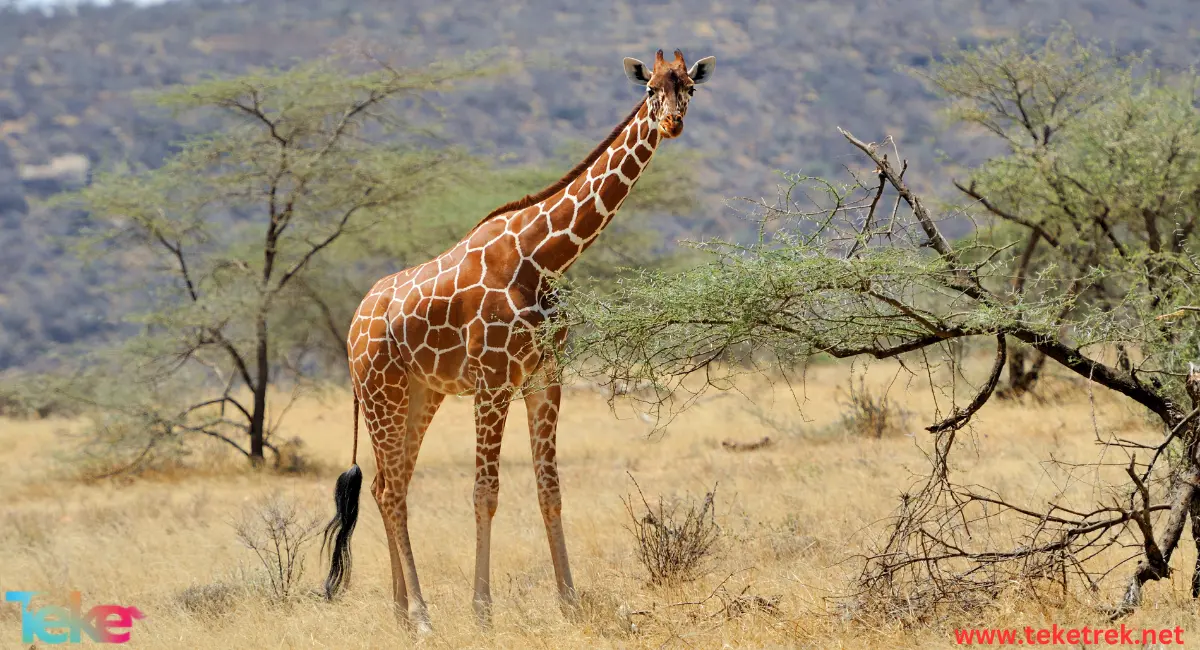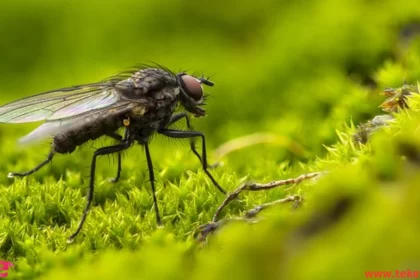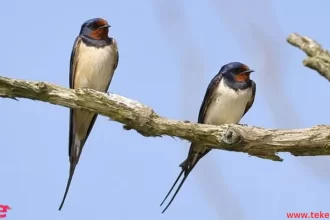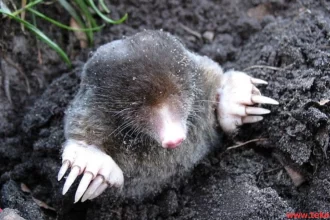The Masai giraffe is one of the unique and amazing creatures that live in Africa, and is characterized by its prominent appearance and long neck that makes it distinctive among wild animals. The Masai giraffe is a symbol of mystery and beauty in the animal world, and arouses the curiosity of many about its behavior and daily life. In this article, we will explore the origins of the Masai giraffe, its unique behavior, and the importance of protecting this wonderful creature.
It is worth noting that the Masai giraffe is an integral part of the biodiversity of Africa, as it lives in dry areas and savannahs near rivers and lakes. Here are more details below from the Tiki Trek website.
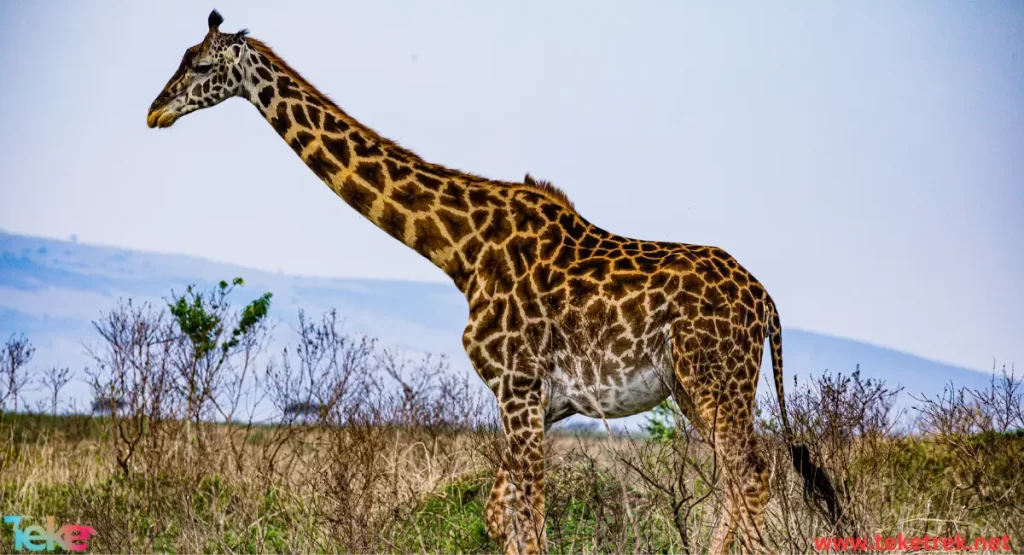
What is the Masai giraffe
The Masai giraffe is called the Kilimanjaro giraffe, and it is a type of giraffe that lives mainly in southern and eastern Africa, especially Tanzania and Kenya. It is also named after Mount Kilimanjaro, where it is found.
The Masai giraffe has many irregular, highly coarse, star-like spots. The Masai giraffe is the largest and most widespread and distinctive species of giraffe in the world.
The Masai giraffe belongs to the phylum Olgata, the subphylum Vertebrata, of the class Mammals.
The Masai giraffe is characterized by its unique body structure that helps it survive in its natural environment, and it has a great ability to adapt to climate and environmental changes.
Locations of the Masai giraffe
The Masai giraffe has lived throughout Africa, but following deforestation and habitat loss, it is only found in Kenya, the savannahs and Ethiopia as well as Tanzania and Somalia.
Reproduction stages of the Masai giraffe
The reproductive process begins with the males of the Masai giraffe fighting among themselves during the breeding seasons. The winning male is chosen by the female when the fight ends. It is worth noting that the longer neck and heavier head are what help the male giraffe increase the power of its blows.
Fortunately, these fights rarely last longer than a few minutes or end in physical harm.
The Masai giraffe’s breeding season occurs between May and August, and males and females reproduce through copulation, and the giraffe’s pregnancy lasts for one year and three months. There are usually two-year intervals between each birth, knowing that the giraffe gives birth to one child each time, and it is rare for it to give birth to twins.
What is the diet of the Masai giraffe
The Masai giraffe is a herbivore, feeding on a wide range of leaves and flowers as well as shrubs and branches. The acacia tree is the giraffe’s favorite food, because it contains a percentage of moisture that helps the giraffe survive during periods of water scarcity.
It is worth noting that the giraffe spends 15 to 20 hours during its day searching for and eating food, consuming about 63 kilograms of food per day, in addition to 37 to 45 liters of water at a time.
As for the method of eating, the Masai giraffe partially chews the food and swallows it, then returns it again to the mouth and chews it. It also grinds food using its lower teeth, and the giraffe has a tongue specialized for eating all parts of plants.
Threats to the Masai giraffe
The giraffe population has declined rapidly in the past 30 years, with fewer than 100,000 remaining worldwide.
Maasai giraffe numbers have declined due to poaching and human activities encroaching on their habitats, with only approximately 35,000 giraffes remaining.
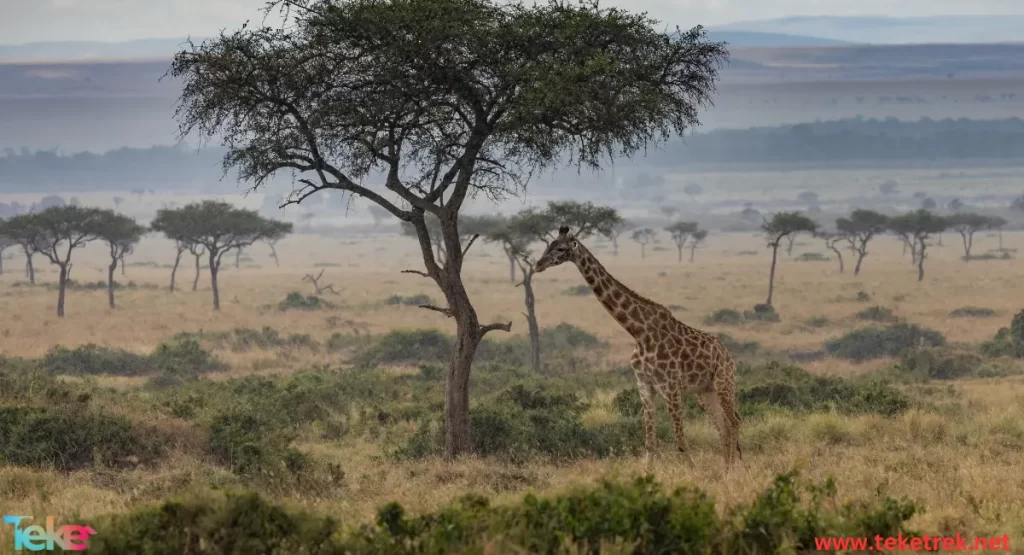
What are the most important benefits of the Masai giraffe for the environment and ecosystem?
The Masai giraffe plays an important role in the ecosystem and environment in general, and provides many vital benefits that affect the environment and wildlife.
The most important benefits of the Masai giraffe for the environment and ecosystem are:
1. The Masai giraffe contributes to the dispersal of plant seeds: Due to its long neck, the Masai giraffe can reach the leaves of trees and high plants that other animals cannot reach, thus contributing to the dispersal of plant seeds and enhancing the diversity of plants in the region.
2. The Masai giraffe affects forest formation: By consuming tree leaves, the Masai giraffe affects the formation of forest structure and enhances the biodiversity of the region.
3. It is considered part of the food chain: The Masai giraffe is an important part of the food chain in the savannah, as it depends on grasses and leaves as a food source, thus being part of the balance of the ecosystem.
4. The Masai giraffe contributes to the distribution of resources: Through its mobility and movement in the region, the Masai giraffe contributes to the distribution of food and water resources in the environment, which helps maintain the environmental balance.
5. The Masai giraffe is an important factor in environmental balance: With the Masai giraffe as part of the ecosystem, the balance between organisms and environmental factors in the area is enhanced, which contributes to the stability of the environment and the preservation of biodiversity.
If the Masai giraffe is protected and maintained in nature, it will continue to provide these important benefits to the environment and ecosystem, and will contribute to maintaining the natural balance and biodiversity of the region.
Ultimately, it can be said that the Masai giraffe is an integral part of Africa’s ecosystem and wildlife, playing a vital role in maintaining ecological balance and promoting biodiversity. Through their influence on plant seed dispersal, forest formation, and being part of the food chain, the Masai giraffe contributes to building a healthy and sustainable environment for wildlife and humans.
Therefore, we must all work to protect this wonderful creature and preserve its presence in nature, by educating people about the importance of protecting wildlife and maintaining environmental balance with the aim of ensuring the continuity of natural heritage and wildlife in the future.

